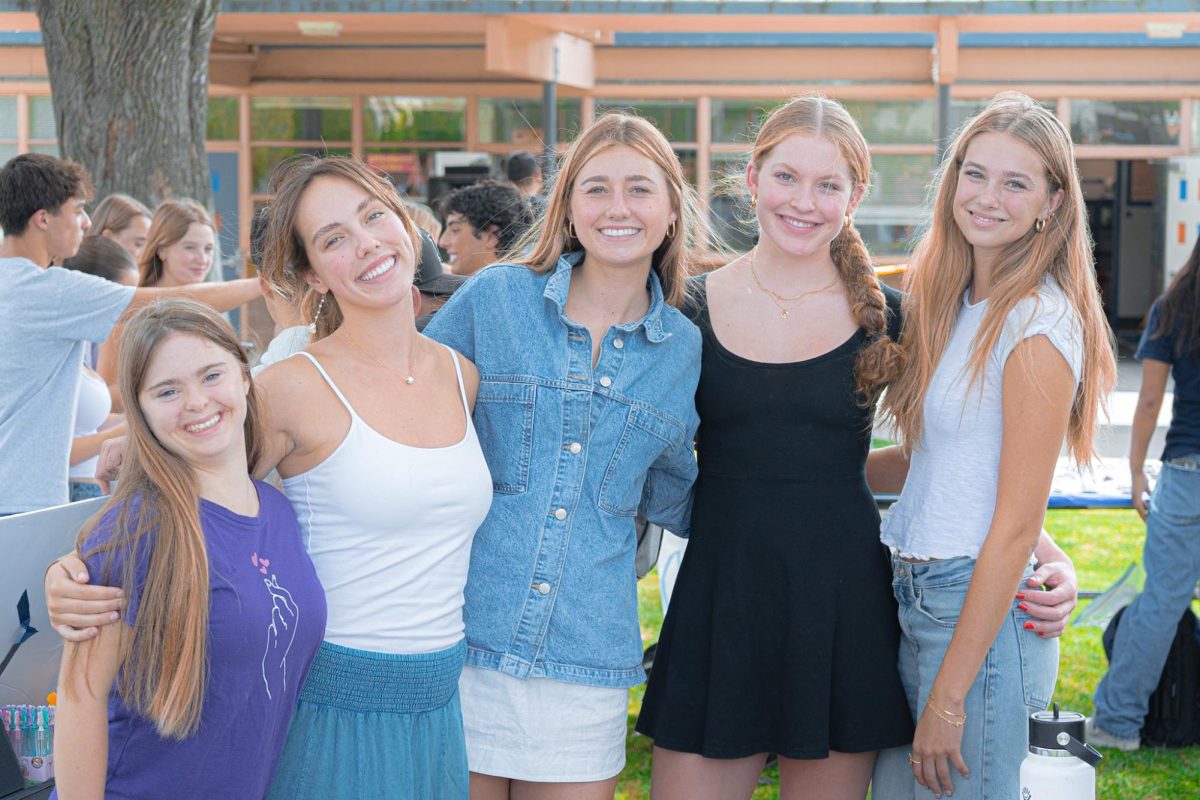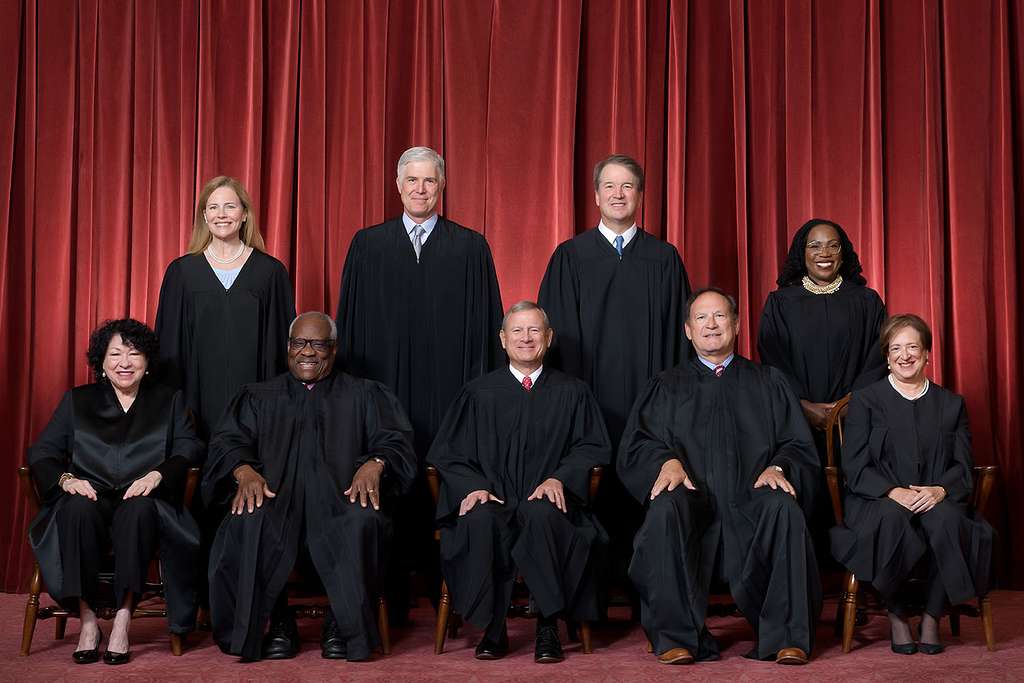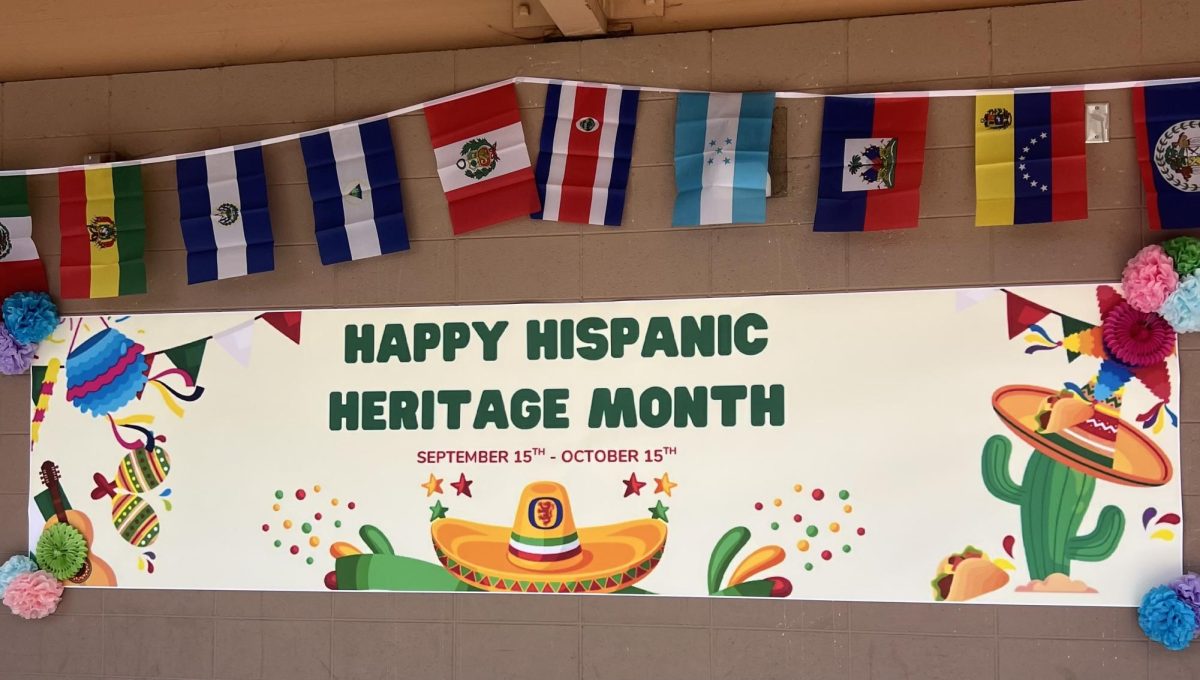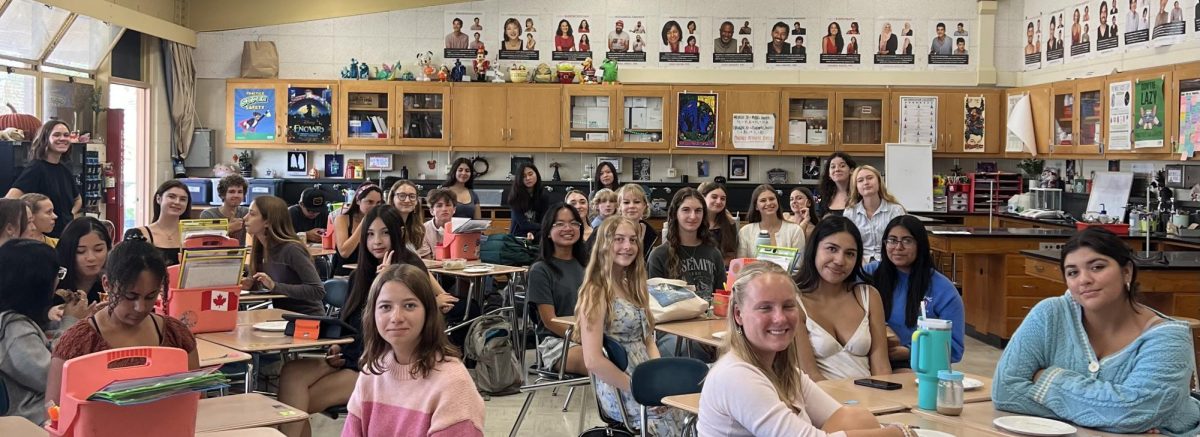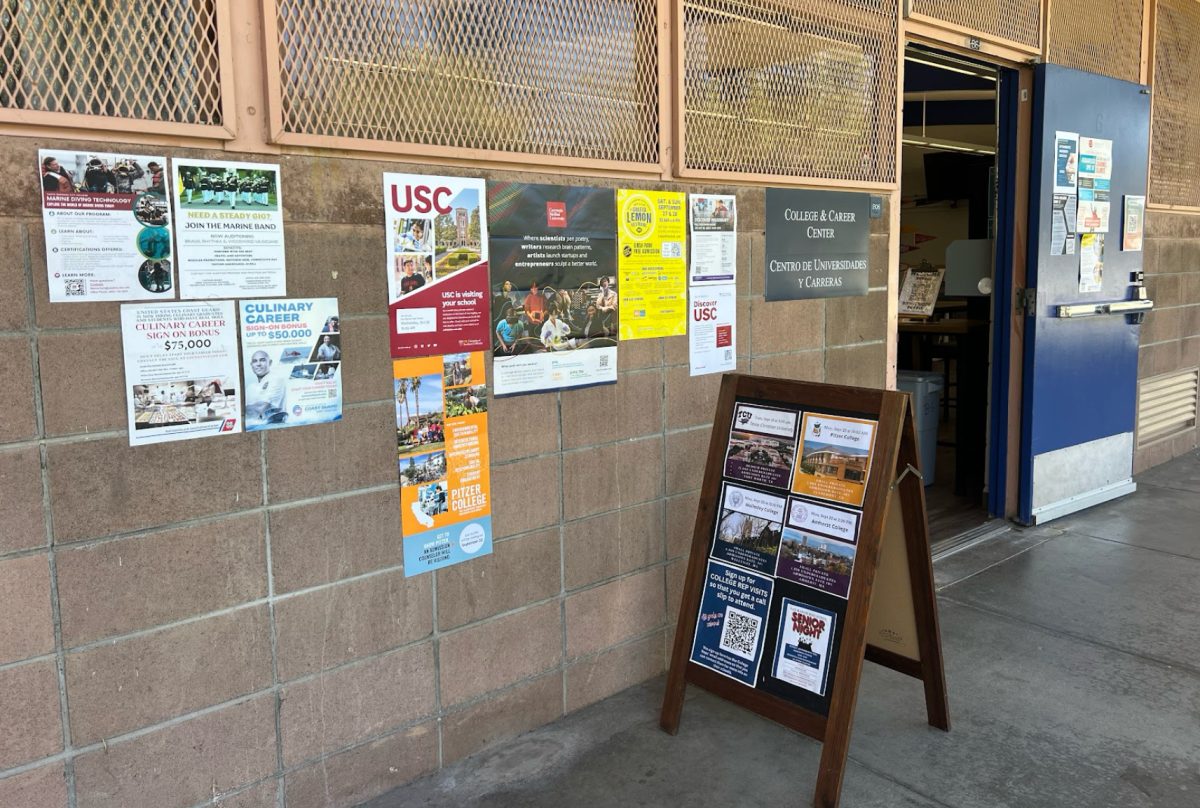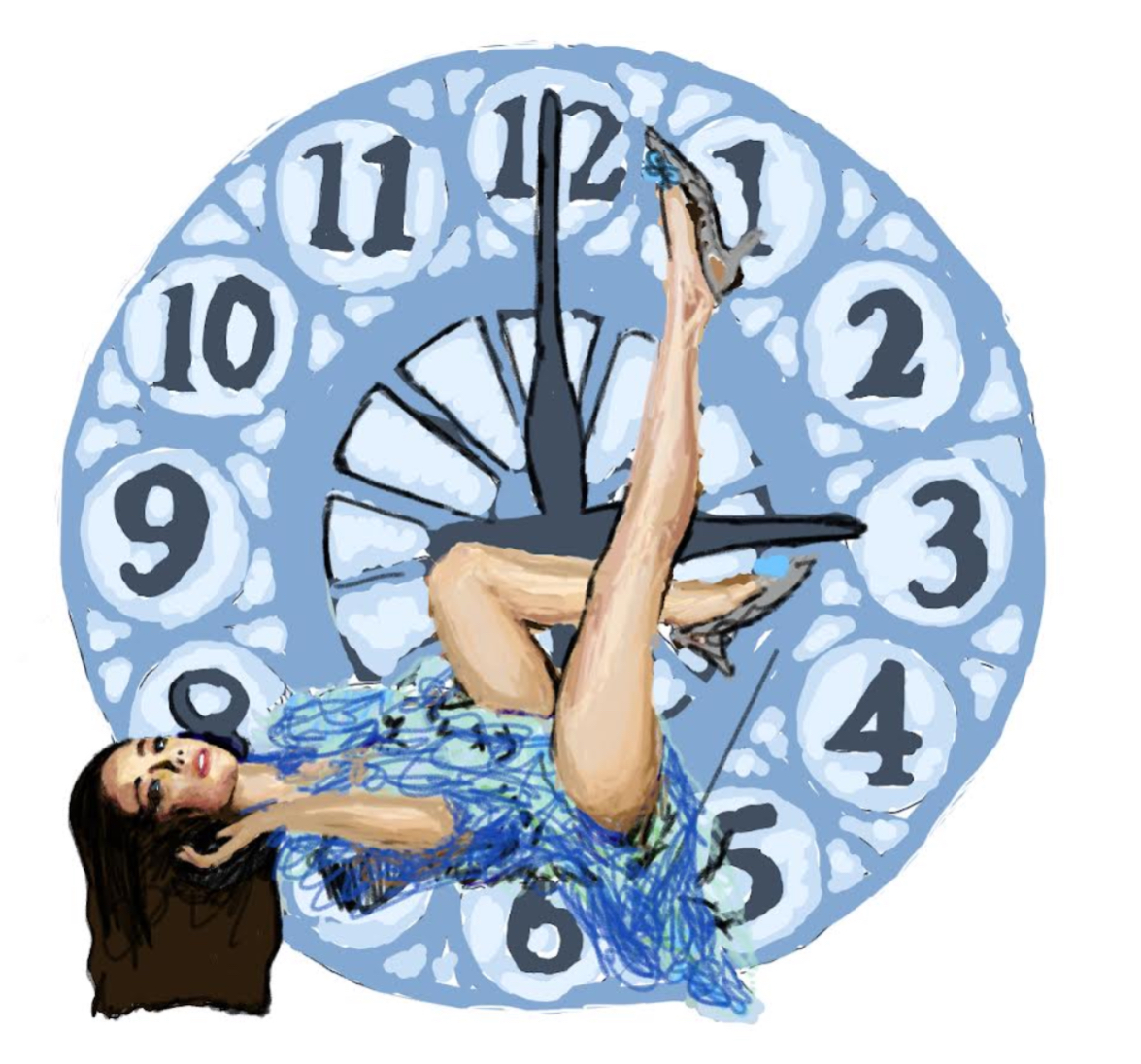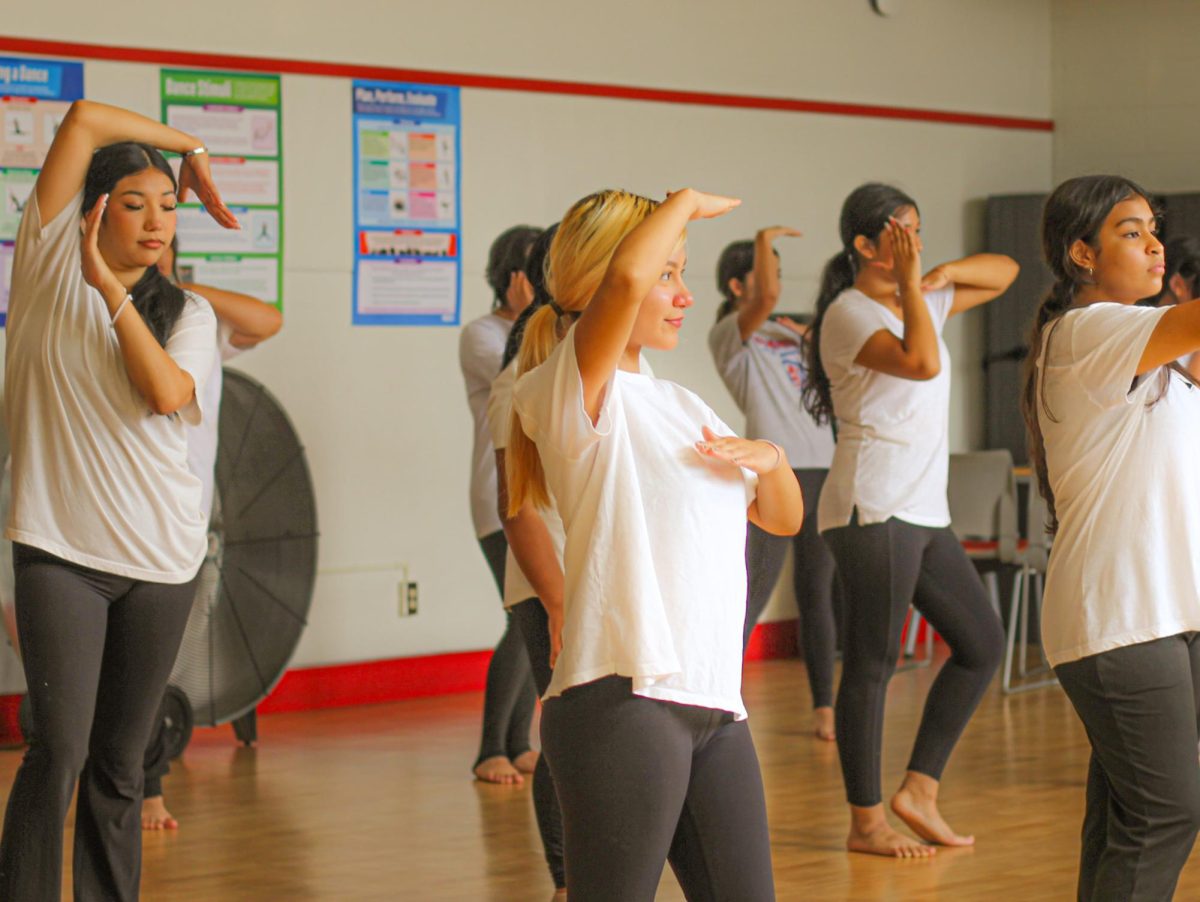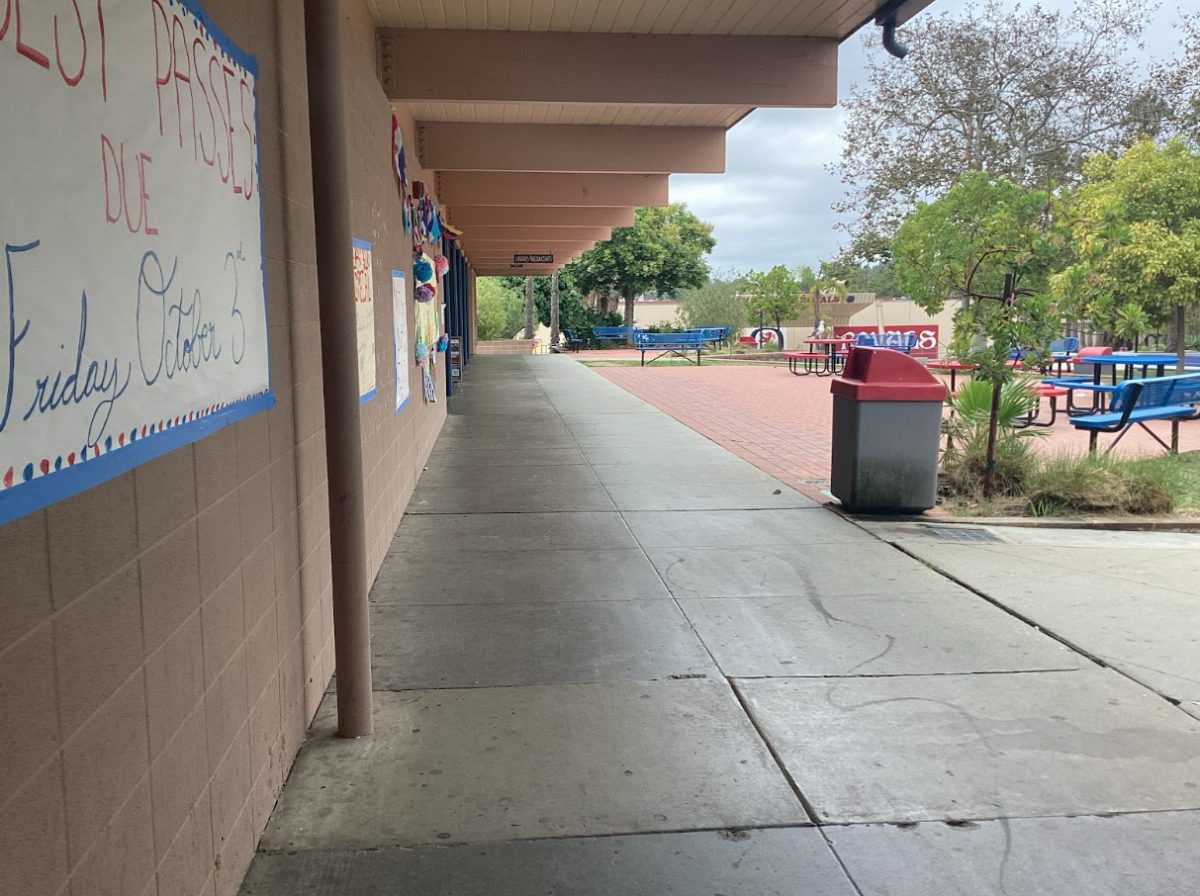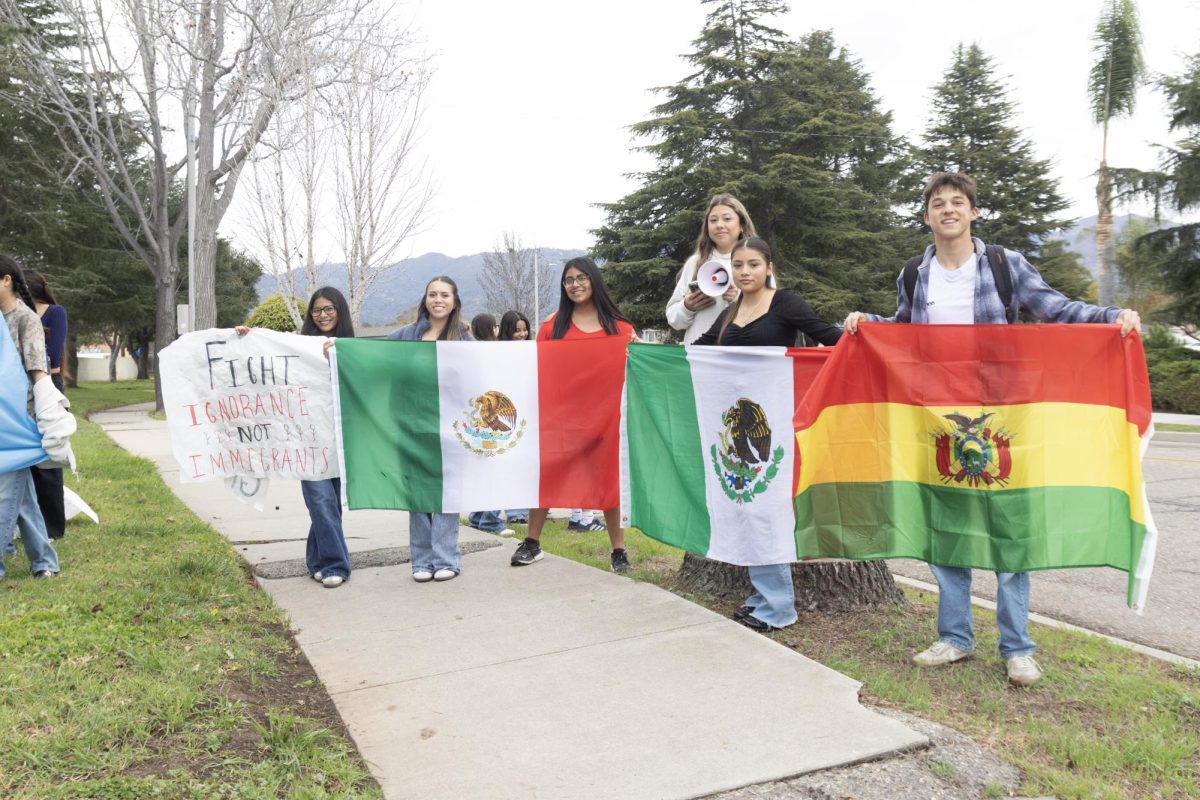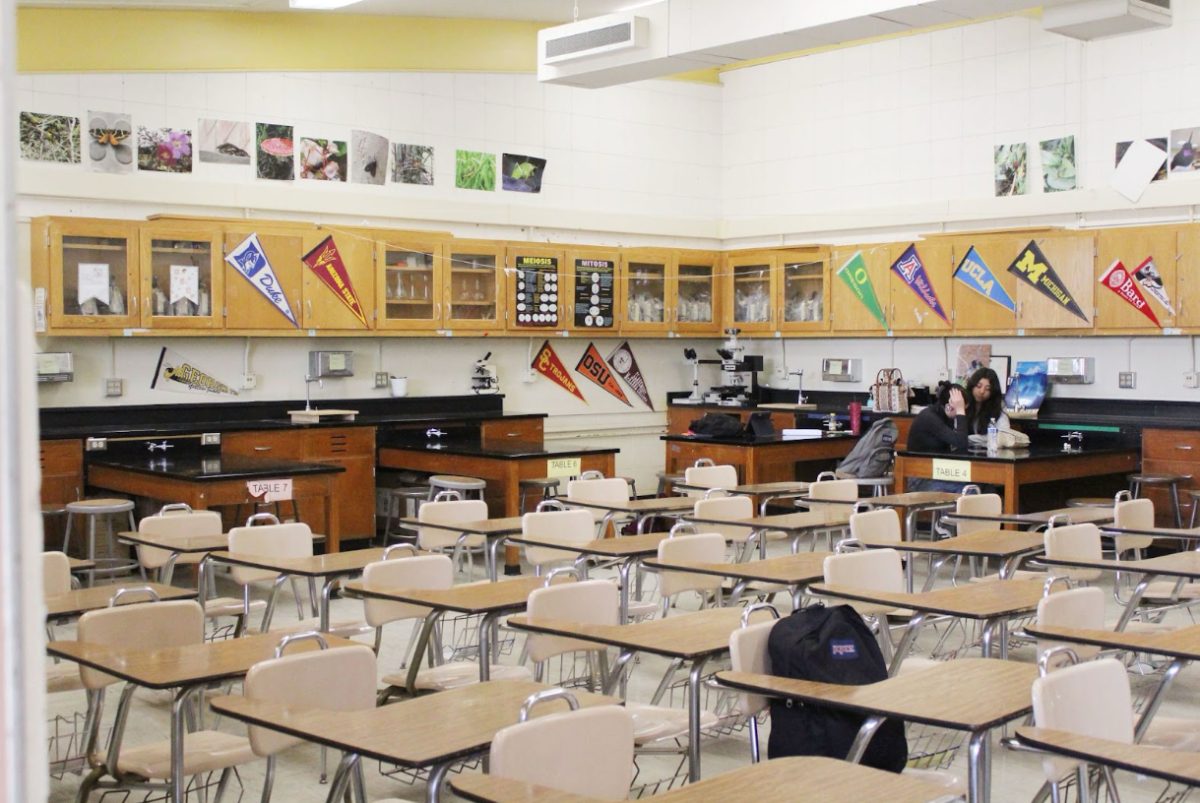After a long day of school, an eight year old girl in Miami, Florida decided to treat herself to one of many chocolate bars she had earned the week prior on Halloween night. However, after biting into the candy bar, rather than the sweet, melty, goodness that she was expecting, she was greeted with a sharp pain in her mouth. This pain was revealed to be caused by an exacto blade which had been hidden inside the candy bar. While this tragedy seems like something out of a horror movie, it is not the first time that this has happened.
The unfortunate event brings up the question: why did we stop checking our Halloween candy?
Many people remember the exasperation of having to go through Halloween candy with parents as a child, or at the very least the candies that could be easily re-wrapped, such as tootsie rolls, butterscotch, lollipops, etc. But when was the last time you or a trick or treater you know checked to make sure their candy hadn’t been tempered with? Maybe we are just lazy. Maybe we didn’t know it was a problem. Maybe we think that we are safe. Regardless, it is time that as a society we start making safety a priority by checking candy again.
When asked if he would be checking his kids candy, Mr. Vega, a father of two and a biology teacher at San Marcos High School, said, “Honestly I am just gonna use it as an excuse to steal candy from my kids, I do not actually think that I’ll find anything.”
While there have not been any confirmed reports of Halloween candy being tampered with in Santa Barbara, it would be ignorant to assume that it would never happen. In the United States and Canada, there have been more that 200 confirmed cases of someone deliberately trying to poison or trap Halloween candy since the 60’s. On top of these cases, it is fair to assume that plenty more have gone unreported for some reason or another.
Halloween can be a dangerous night so it is important to be aware and stay safe while you are out having fun with friends and once you get home, make sure the candy you eat is safe. According to California State University of Channel Islands, you and your loved ones can stay safe by: avoiding candy that is not commercially wrapped, checking for tiny pin holes or tears in wrappers, and when in doubt, throw it out.

